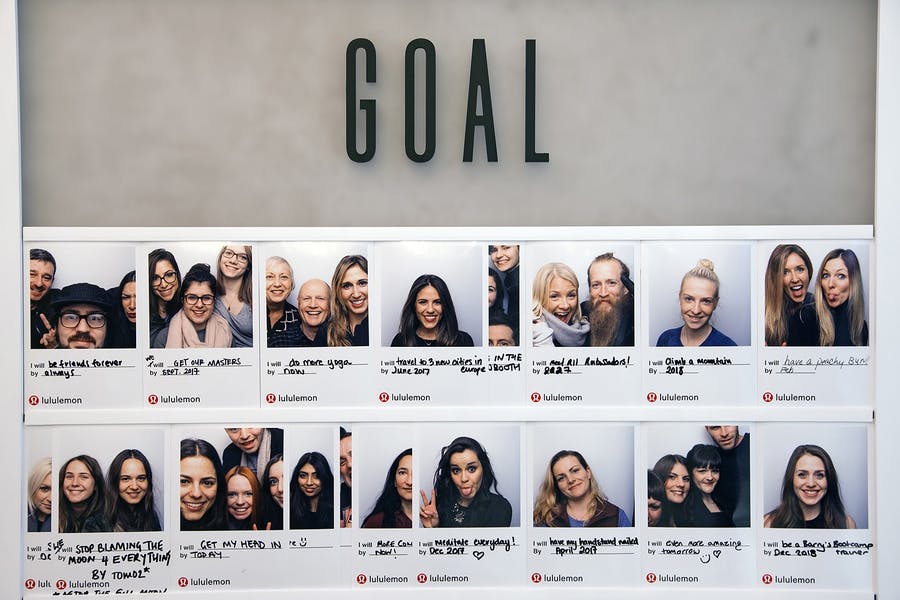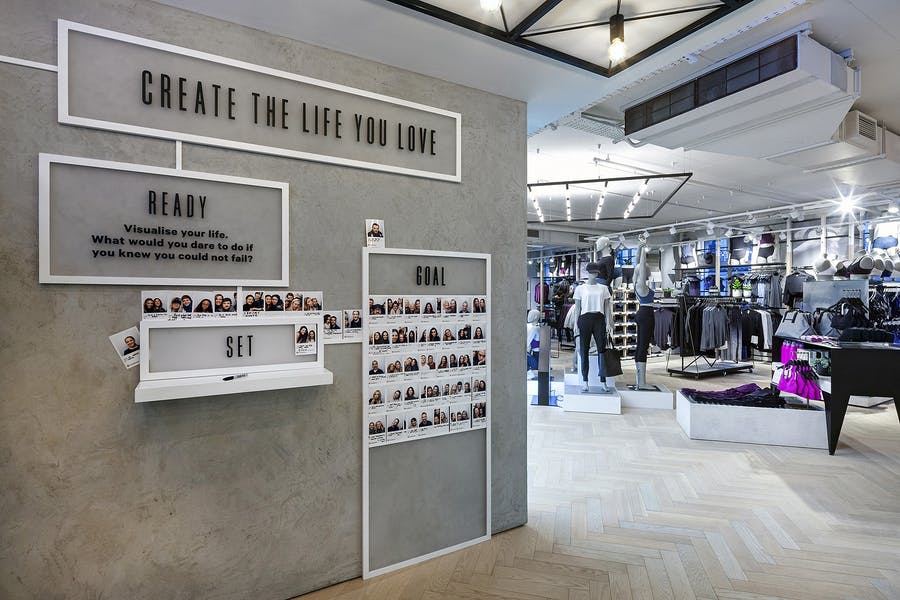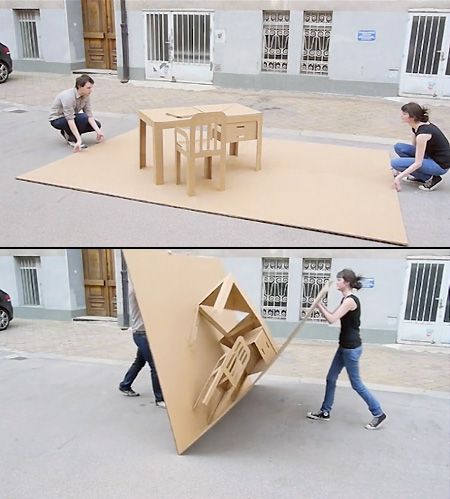Retail
Sanctuary store
We’ve said it before and we will say it again: the brick-and-mortar stores as we’ve known them are becoming a thing of the past. Where does this leave you and your brand? We’re here to guide you through the changes and excite you about the possibilities. Because although those four walls that once housed your brand are slowly but surely losing their initial function, they might hold something even better for the future.
Gather the people
The function of a store was to display and sell products. These days, this can be done (and perhaps done even better) in digital spaces as well and the brick-and-mortar store is losing that function. But, that doesn’t mean physical spaces will become obsolete for brands. It just means that their function will change into a space of connectivity for the community that surrounds a brand. Brands need to become more and more authentic and not only speak to the properties of their products but to the lifestyle they inspire. People yearn for connecting safely and being surrounded by their peers and likeminded human beings.
We used to mostly rely on religious buildings or spaces of worship and communal gathering for this kind of connection. But in this more secular time of our history, brands step up to offer that community feeling with Sanctuary Stores. Hallelujah!
Buying into a community
Think of brands such as Harley Davidson. Buying a Harley meant buying into a (counter)culture. It came with a community. Unfortunately, they never managed to capture anyone other than their original consumer base, which is aging rapidly.
McDonald’s faced its own challenges and perhaps took the idea of a Sanctuary Store a bit too literally with McMass. Both brands created a strong community. But they show that in trying to overcome challenges to make their brand future proof, it’s not always easy to stay on track.
Breathe together
A brand that is embracing this idea of buying into a community in a very current and profitable way, is Lululemon. Their stores are the ideal example of a Sanctuary Store.
They sell a very diverse range of products, with luxury yoga gear at the heart of it. But they offer much more: from free local yoga classes, an experiential store in Chicago to retreats, all designed to offer their customers the sense of breathing together and escaping the stresses of everyday.
Obviously, with COVID in the mix, Lululemon stores also have to adjust to the new normal. All brands must ensure that their stores are well ventilated, that there is enough space for instance to implement a smart but beautiful distancing system and that there are more technological enhancements such as contactless payments etcetera.


Pop-out(side)
We’ve mentioned in our Tchi Magazine number Four that we expect there to be more urban space available with the coming of shared rides and self-driving cars. This might be a perfect time to ponder what those empty parking lots could be used for.
Maybe now, instead of pop-up stores, brands could develop pop-out(side) stores. Next to this, more brands should embrace the idea of a membership plan, having time slots available for which you sign-up to manage consumer flows in spaces. Or perhaps firmly plant stores in communities, focusing on servicing solo to locals. This will enhance the feeling of community and limits exposure to pandemics, the new win-win situation!
